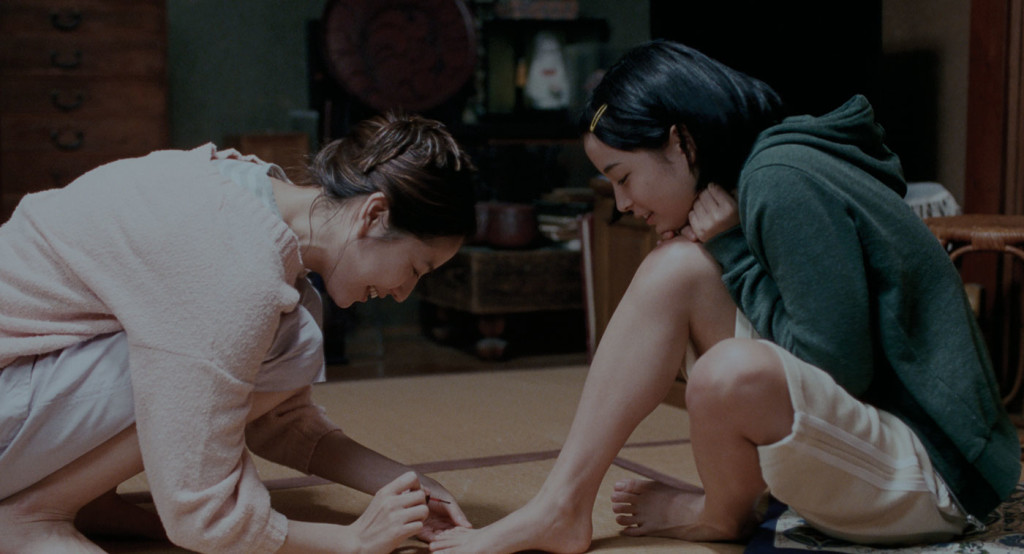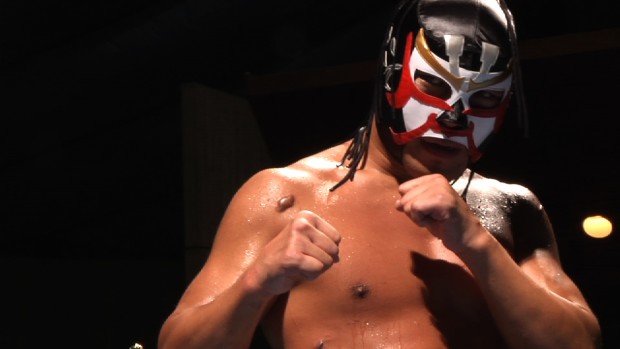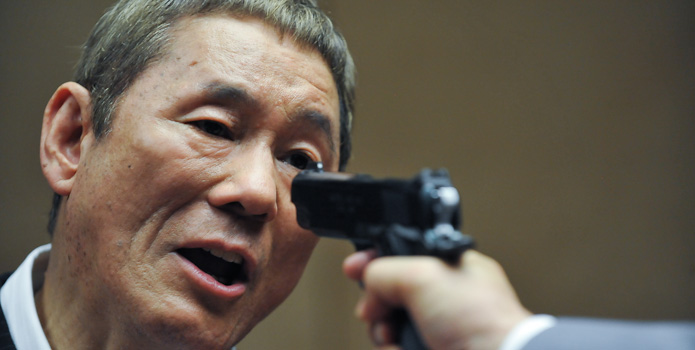
The remarkably uplifting Japanese domestic drama Our Little Sister centers on three 20-something sisters whose father left them over fifteen years ago and whose flighty, selfish mom was never much of a factor in their lives. The sisters are single and live together when their estranged dad dies and they travel to his funeral. They meet their 15-year-old half-sister, and rescue her from her step-mom, the father’s third wife. Now the household contains four siblings, all with different personalities, but all dealing with some sense of parental loss.
The four go about their daily lives, working, going to school, eating at a diner, watching fireworks. Now here’s the beauty of Our Little Sister, although there’s essentially no action and very little overt conflict, we learn a lot about these women. And we begin to care for them. And we become engaged in their journeys of self-discovery.
Writer-director Hirokazu Kore-eda was introduced to American fans of indie cinema in 1996 with Maborosi, and I listed his Still Walking on my Best Movies of 2009. It’s a privilege to spend two hours with Kore-eda’s characters in Our Little Sister. It’s impossible to leave Our Little Sister without being touched by its tenderness (and I’m a pretty cynical and hard-boiled viewer).


